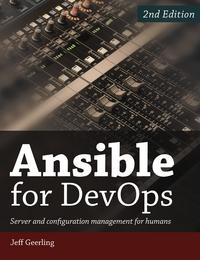

Well, seeing that Insurgency: Sandstorm was on a sale, I just picked it up for him (and myself). Seems to have a lot in the map making scene, and that’s a really important factor for him.
It also helps that the prior Insurgency game has the most hours on his profile, by far. Gave me a good hint that he should enjoy this one.
Thanks so much!
EDIT: My dad just got back to me, and loves the gift. Apparently that’s where most of his online buddies went and still are. Nailed it!












Even on Windows, Proton drive is hot garbage. It never syncs my files correctly. Has a tendency to leave half encrypted uploads just lying around. Eating up desk space.
Don’t even get me started on how long it takes to upload anything. Got a 1 GB file? Good luck!
And that’s before getting into the fact that it’s proton’s third product. It was announced in 2019. 5 years and they still don’t have proton drive as a working product.
Another gripe I have is that the Linux VPN client still doesn’t support wireguard. Sure, you can download wireguard configuration files. And they work just fine. But changing servers is a pain in the ass because of it.
It’s made me seriously consider dropping my visionary plan and moving to a more competent provider.
That being said, proton mail has been fantastic. And I have a ton of domains on it. So it would be a pain to move. I guess I’m just in a stalemate.